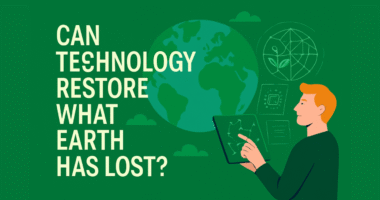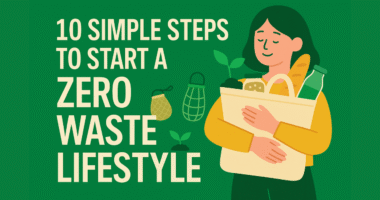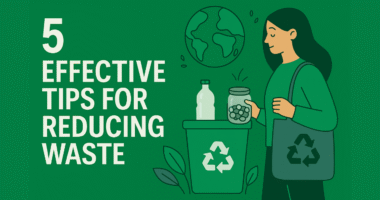A healthy environment is the foundation of life itself. Clean air, fresh water, fertile soil, and thriving ecosystems are essential for human survival. Yet, pollution, deforestation, and climate change threaten these vital resources every day. The question we face is simple but urgent: how can we build a healthy environment for all and ensure human survival?
Why a Healthy Environment is Crucial
A healthy environment is not just about protecting nature—it is about protecting people. Human health and well-being directly depend on the quality of the natural world.
-
Air: Clean air prevents respiratory illnesses and heart disease.
-
Water: Safe drinking water reduces the risk of deadly diseases.
-
Food: Fertile soil and biodiversity ensure stable food supplies.
Without these, human survival becomes impossible.
Key Steps to Building a Healthy Environment
1. Transition to Clean Energy
Burning fossil fuels is one of the largest contributors to air pollution and climate change. Switching to renewable energy sources like solar, wind, and hydropower reduces carbon emissions and makes communities healthier.
2. Protect and Restore Forests
Forests act as the lungs of our planet. They absorb carbon dioxide, release oxygen, and provide shelter for countless species. Planting new trees and stopping deforestation are critical steps toward a stable climate.
3. Reduce Waste and Embrace Recycling
Plastic pollution is choking rivers and oceans. By reducing single-use plastics, recycling materials, and promoting composting, we can minimize waste and protect ecosystems.
4. Promote Sustainable Agriculture
Modern farming often damages soil and water supplies. Sustainable agriculture—such as organic farming, crop rotation, and precision irrigation—ensures long-term food security while reducing environmental damage.
5. Strengthen Environmental Policies
Governments play a crucial role in building a healthy environment. Strong laws against pollution, strict conservation policies, and international climate agreements are essential for protecting natural resources.
The Role of Communities and Individuals
Building a healthy environment is not just the job of governments—it requires action from everyone.
-
Individuals can adopt eco-friendly habits such as reducing waste, conserving water, and using clean energy.
-
Communities can create green spaces, promote local farming, and organize environmental education.
-
Businesses can invest in sustainable production and reduce their environmental footprint.
Example
Cities that encourage cycling, walking, and electric transport not only reduce pollution but also improve public health and quality of life.
Challenges We Must Overcome
Despite progress, challenges remain:
-
Industrial pollution continues to harm millions.
-
Unequal access to clean water and air leaves vulnerable populations at risk.
-
Climate change intensifies extreme weather, threatening food and water supplies.
Conclusion
Building a healthy environment for all and ensuring human survival requires global cooperation, technological innovation, and personal responsibility. From clean energy and reforestation to waste reduction and sustainable agriculture, every action matters. A healthy environment is not just about protecting nature—it is about securing life itself. If we act now, we can create a future where people and the planet thrive together.









